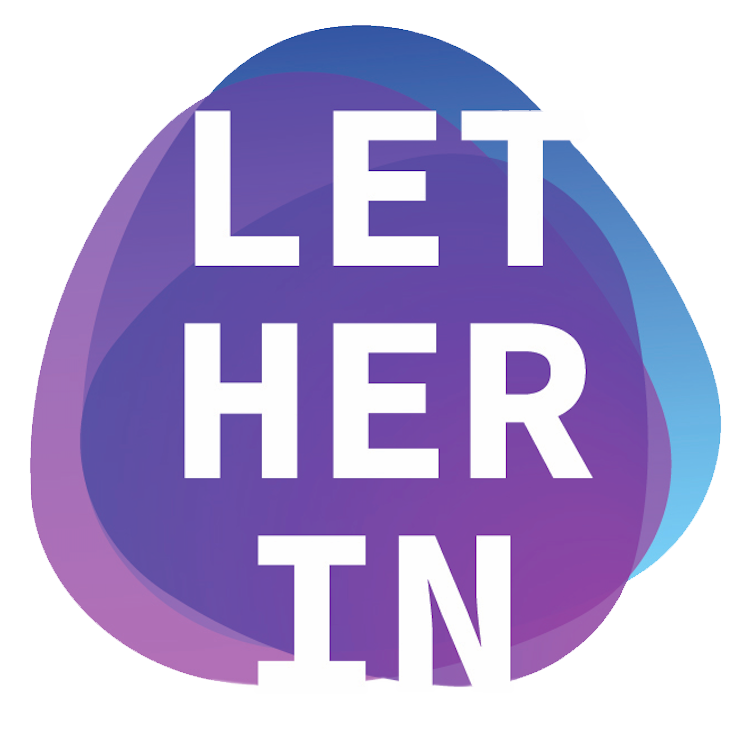Este sitio web utiliza cookies y/o tecnologías similares que almacenan y recuperan información cuando navegas. En general, estas tecnologías pueden servir para fines muy diversos, como, por ejemplo, reconocerte como usuario, obtener información sobre tus hábitos de navegación o personalizar la forma en que se muestra el contenido.
El almacenamiento o acceso técnico es estrictamente necesario para el propósito legítimo de permitir el uso de un servicio específico solicitado explícitamente por el suscriptor o usuario, o con el único propósito de realizar la transmisión de una comunicación a través de una red de comunicaciones electrónicas.
The technical storage or access is necessary for the legitimate purpose of storing preferences that are not requested by the subscriber or user.
El almacenamiento o acceso técnico que se utiliza exclusivamente con fines estadísticos.
The technical storage or access that is used exclusively for anonymous statistical purposes. Without a subpoena, voluntary compliance on the part of your Internet Service Provider, or additional records from a third party, information stored or retrieved for this purpose alone cannot usually be used to identify you.
El almacenamiento o acceso técnico es necesario para crear perfiles de usuario con el fin de enviar publicidad, o para rastrear al usuario en un sitio web o en varios sitios web con fines de marketing similares.
